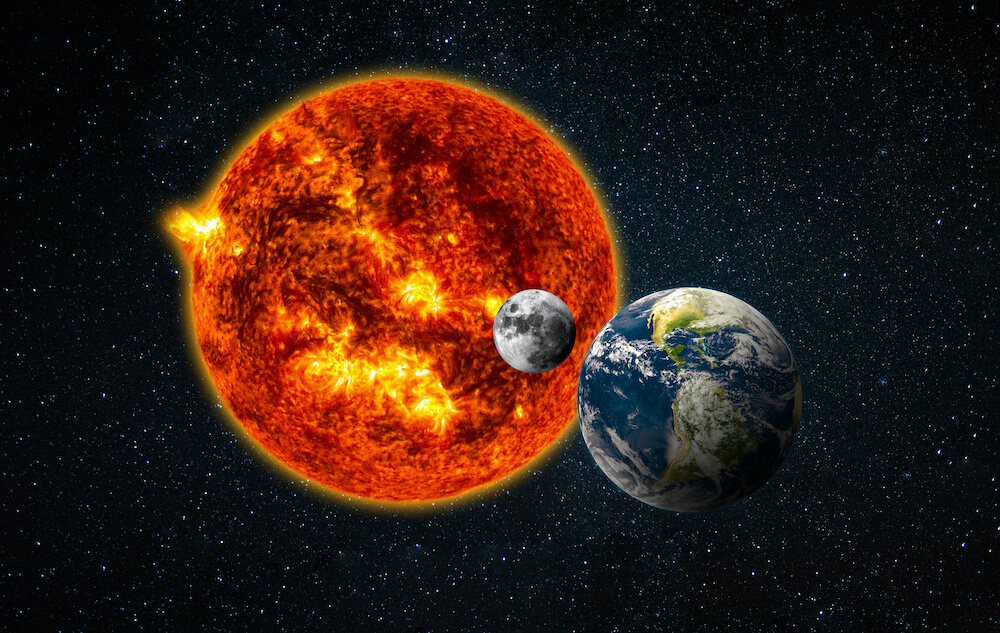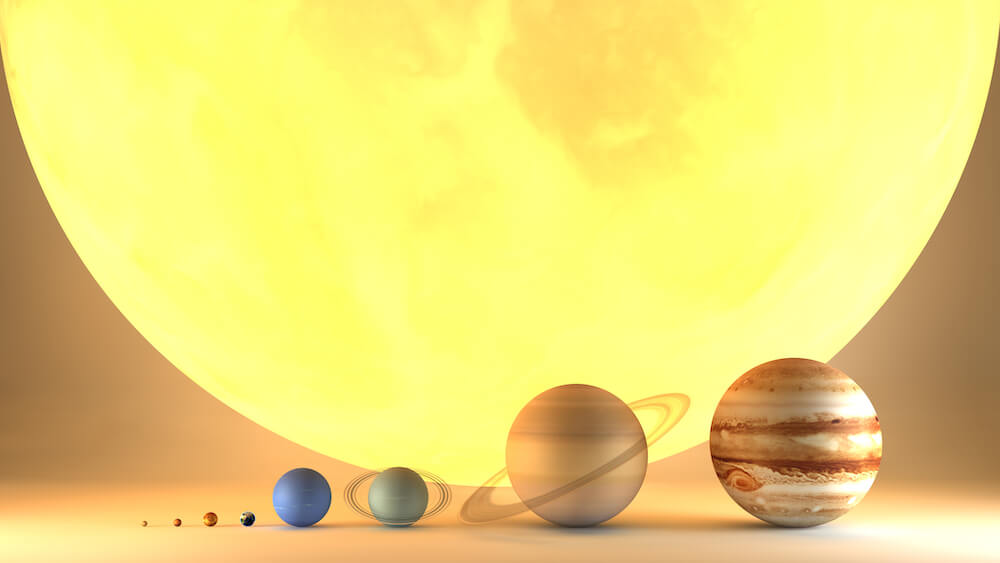Our very own star: facts you need to know about the Sun
Time and again, the news share astounding discoveries about distant stars. However, the Sun is the most important star to us, humans. Here are the basics for you.

The Sun sustains all life
Don’t we all love a good sunny day? Sunlight undoubtedly has a positive effect on health, stimulating the production of vitamin D and triggering the release of serotonin—a hormone associated with a good mood.
However, human relationships with the Sun are much more profound than that. Throughout history, we had always to some degree recognized our star’s importance, even if it was not fully understood. Many prehistoric, ancient, and medieval cultures viewed the Sun as a deity; some religions venerate it today.

The truth is we still don’t understand the Sun fully—though admittedly a lot more than we did in ancient times. Some of us might even be confused about how to write the name of the Sun. While most dictionaries agree that the word should start with a capital S, we might sometimes see a lowercase spelling of “the sun” (as well as “the earth” and “the moon”). It is not a mistake in an everyday context; however, when writing about the particular astronomical body—as we do here—you should always capitalize it.
We can be certain, though, that all life on Earth is fueled by the Sun, either directly or indirectly.
For instance, photosynthesis is the process by which plants and other organisms convert sunlight into chemical energy. Its common byproduct, oxygen, plays a crucial role in our metabolism.

Being green means that plants reflect the green portion of the sunlight spectrum, absorbing red and blue. The curious thing is that there is a lot of green in the visible part of the Sun’s spectrum. So why do plants reject a good portion of potential energy?
Read on to find the possible scientific explanation. Also here we will discuss the potential harm that comes from the Sun, the instruments we use to study and predict it, and how it will kill us all in the far future before it turns into a red giant star.
Too much Sun will kill you
Saying that the Sun dominates every other body in the Solar would be an understatement. While a pretty average star by galactic standards, it holds almost 99.9% of the mass of our Solar system. It is more than thousand times more massive than Jupiter—and more than 330 000 times the mass of the Earth.

Certainly, every process that happens within our star has a drastic effect on any celestial body in the system. It radiates tremendous amounts of energy—and being the source of all life, it can doom it just as easily.
